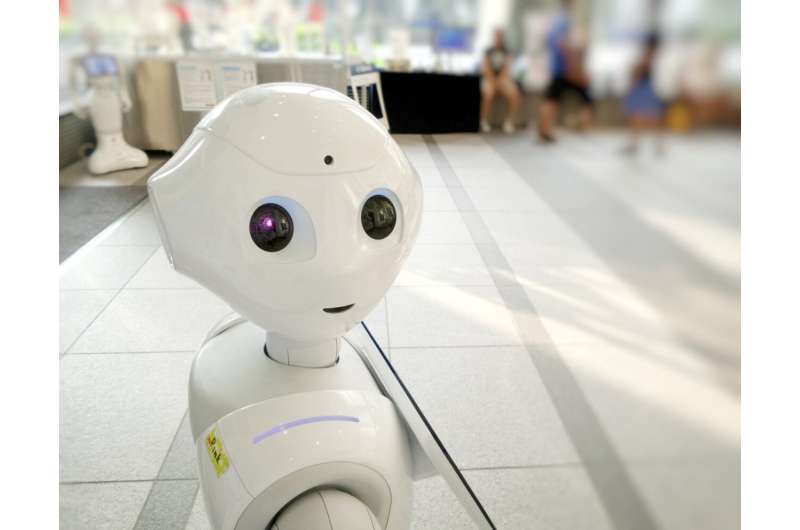
From delivering food in restaurants to cleaning airports, robots are becoming increasingly common in society—but are our policies ready to keep up?
Monash University research has found that some of the world’s leading robot cities do not have adequate policies to protect the public’s interests.
The study, published in the Journal of Asian Public Policy, analyzed six cities across Asia to assess how well they are preparing for a future with more robots in public spaces. The cities Hong Kong, Seoul, Shanghai, Singapore, Taipei, and Tokyo were chosen based on their high robot density.
The research examined seven key areas of concern, including safety, privacy and ethics, productivity, aesthetics, co-creation, equitable access, and innovation.
While safety concerns have generally been addressed, the study found that limited attention is being paid to other issues that impact economic and social well-being.
Lead researcher Professor Michael Mintrom, from the Monash School of Social Sciences, said one of the concerns was that governments rarely engage with citizens to learn about their hopes and fears regarding the growing presence of robots.
“Only in Taipei, Tokyo and Shanghai did this research find any policy interest in co-design,” Professor Mintrom said.
“That is a policy design gap, and a curious one. Governments often express an interest in promoting innovation in the application of robots in society, which is surely good. However, what’s missing is an understanding that everyday citizens have valuable insights that could contribute to innovations in future robot uses and capabilities.”
The researchers also warned against policies that leave many decisions about robot design and use to the companies that create them.
Co-author Associate Professor Shanti Sumartojo, from Monash Art, Design and Architecture, said the research highlighted the challenge for policy in keeping up with fast-moving areas of public concern, be it emerging technologies, climate transitions or social change.
“We want to learn how policymaking practices can move beyond being responsive to instead be anticipatory,” Associate Professor Sumartojo said.
“Co-design can help policymakers develop anticipatory approaches to address the policy challenges of a fast-moving world.”
Professor Mintrom said that while robots can bring significant benefits to society, more work is needed to minimize the risks of negative outcomes.
“Robots are becoming an accepted part of the world around us, both in domestic and public spaces,” Professor Mintrom said.
“Knowing robots will soon have a greater presence, now’s the time for governments to engage with citizens and garner their insights about what the future might look like with robots.
“‘How will we live together? What would be desirable changes? What should we be working to protect? These are not hard questions. But they’re questions that too often get pushed aside as governments react to the latest technology showing up on our streets.”
The researchers hope their findings lead to better policy design in Australia for integrating robots in public spaces.
More information:
Michael Mintrom et al, Anticipatory policy design for robots in public spaces, Journal of Asian Public Policy (2025). DOI: 10.1080/17516234.2025.2511763
Citation:
Cities are unprepared for social and economic impact of robots, according to study (2025, July 1)
retrieved 1 July 2025
from
This document is subject to copyright. Apart from any fair dealing for the purpose of private study or research, no
part may be reproduced without the written permission. The content is provided for information purposes only.













Leave a comment